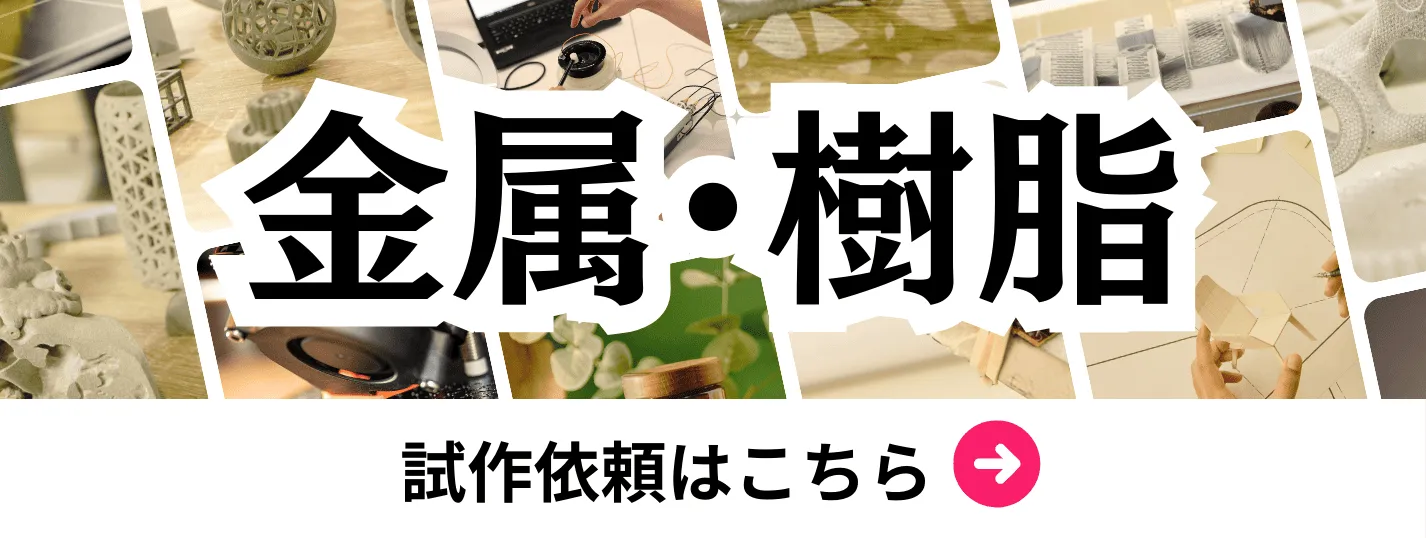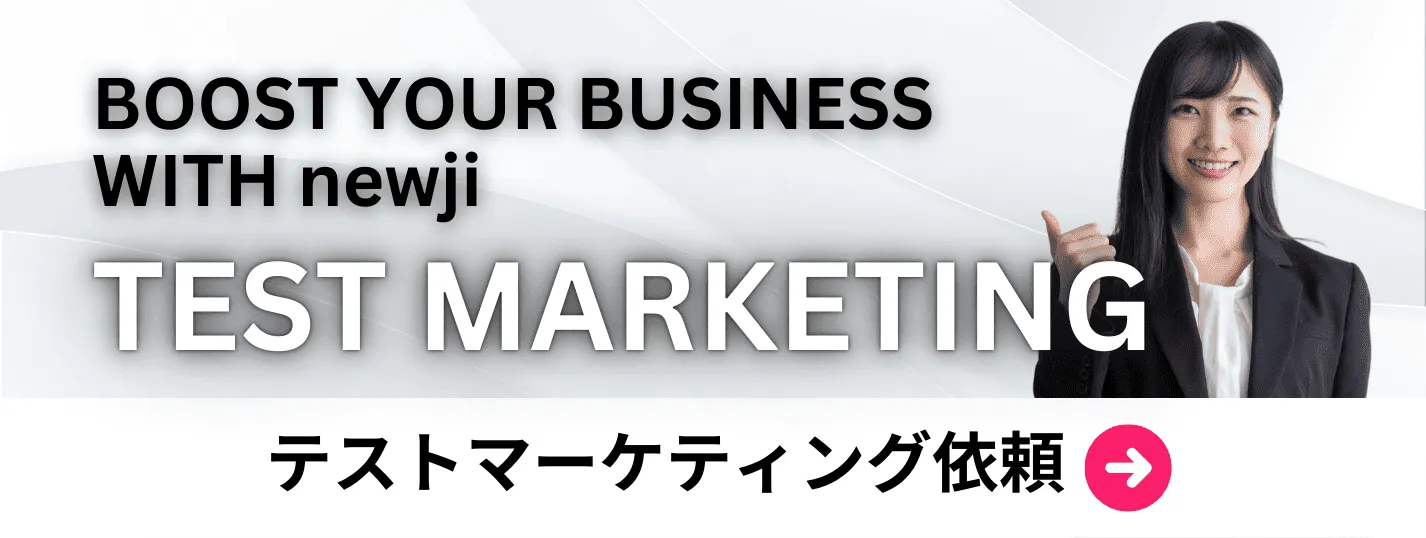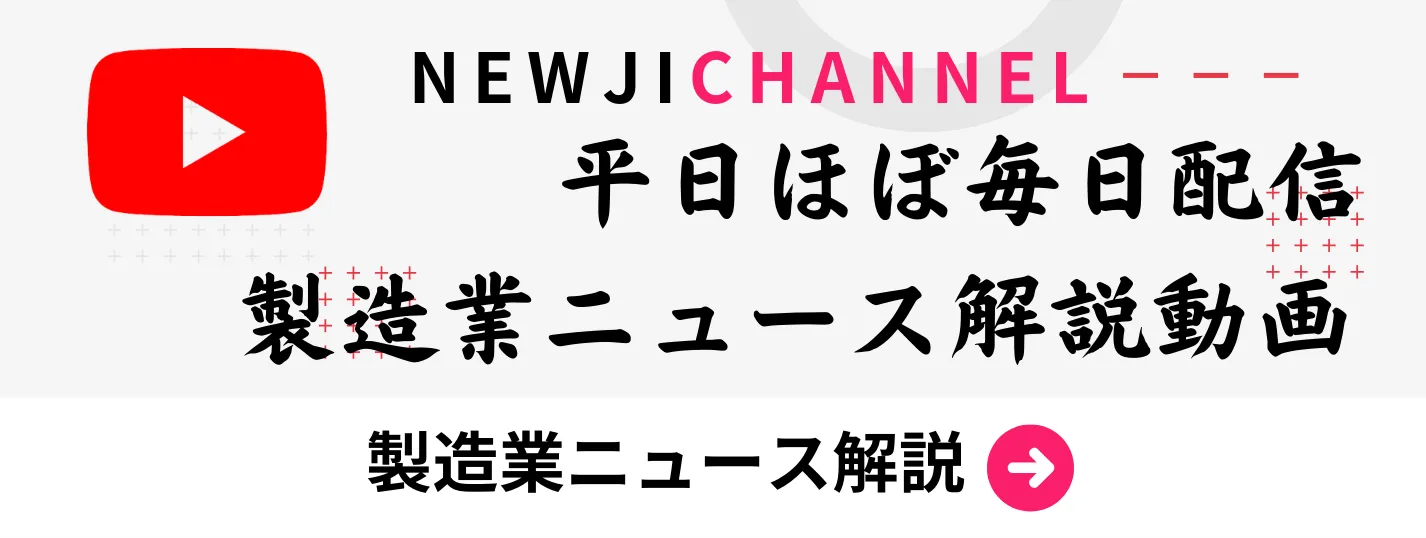- お役立ち記事
- Basics and latest technology of cell balance in batteries
月間76,176名の
製造業ご担当者様が閲覧しています*
*2025年3月31日現在のGoogle Analyticsのデータより

Basics and latest technology of cell balance in batteries

目次
Understanding Cell Balance in Batteries
Batteries are an integral part of our daily lives, powering a vast array of devices—from simple remote controls to sophisticated electric vehicles.
At the heart of these power systems lies the concept of cell balance.
This critical component ensures that batteries function efficiently and safely.
To appreciate its importance, it’s necessary to delve into both the fundamentals and the latest advancements in cell balance technology.
What is Cell Balance?
Cell balancing is a technique used in multi-cell battery packs.
A typical battery pack consists of several individual cells connected in series or parallel.
Each cell can have slight differences in capacity, resistance, and state of charge even if they are manufactured side by side.
These variances can lead to imbalances where one cell can become overcharged or deep discharged if not correctly managed.
Why is Cell Balance Important?
When a battery pack operates without balanced cells, some cells will reach full charge sooner than others during charging or deplete faster during discharge.
This discrepancy can cause overheating, reduced efficiency, and in worst-case scenarios, may lead to battery failure or safety risks.
Effective cell balancing ensures all cells in the pack maintain similar states of health and charge, extending the overall lifespan and reliability of the battery.
Methods of Cell Balancing
There are mainly two types of cell balancing techniques: passive and active balancing.
Passive Balancing
Passive balancing is the most common technique employed in battery packs.
This method equalizes the cell voltages by dissipating excess energy from overcharged cells in the form of heat, usually with a resistor.
Passive balancing is simple and cost-effective but it does result in energy loss.
This makes it less efficient compared to active balancing, especially in high-capacity applications.
Active Balancing
Active balancing, on the other hand, is more sophisticated, involving the transfer of energy from overcharged cells to undercharged ones.
This can be done using transformers, inductors, or capacitors.
While this method is generally more expensive due to its complexity, it offers higher efficiency by minimizing energy loss.
Active balancing is particularly beneficial for large battery systems where efficiency and longevity are paramount.
Latest Technological Advancements
The demand for advanced battery technology has spurred innovations in cell balancing to improve performance and safety.
Machine Learning for Predictive Balancing
Some of the latest advancements utilize machine learning algorithms to predict and manage cell imbalances before they become significant.
By analyzing usage patterns and degradation models, these algorithms can optimize the balance process, significantly extending battery life and performance.
Bidirectional Energy Transfer Systems
Newer active balancing systems are employing bidirectional energy transfer, allowing energy to be moved in both directions between cells.
This innovation ensures that energy flow is not just from high to low-voltage cells but can be adjusted as needed based on the dynamic load and charge conditions.
Wireless Balancing Technologies
Another exciting development is wireless cell balancing, which can further reduce the complexity and potential failure points in battery management systems.
These systems use wireless communication protocols to manage and balance cells, offering enhanced flexibility and easier implementation in compact or unusual battery layouts.
Conclusion
Understanding and implementing cell balancing in batteries is crucial for maximizing their efficiency, safety, and lifespan.
While passive balancing remains prevalent due to its simplicity and cost-effectiveness, the shift towards active balancing techniques reflects the evolving demand for more efficient and reliable battery systems.
With continuous advancements like machine learning-based predictive algorithms, bidirectional energy transfer, and wireless management systems, the future of battery technology looks promising.
As these technologies continue to improve, they promise not only to enhance the performance of existing battery systems but also to play a pivotal role in next-generation applications.
 資料ダウンロード
資料ダウンロード
QCD管理受発注クラウド「newji」は、受発注部門で必要なQCD管理全てを備えた、現場特化型兼クラウド型の今世紀最高の受発注管理システムとなります。
 ユーザー登録
ユーザー登録
受発注業務の効率化だけでなく、システムを導入することで、コスト削減や製品・資材のステータス可視化のほか、属人化していた受発注情報の共有化による内部不正防止や統制にも役立ちます。
 NEWJI DX
NEWJI DX
製造業に特化したデジタルトランスフォーメーション(DX)の実現を目指す請負開発型のコンサルティングサービスです。AI、iPaaS、および先端の技術を駆使して、製造プロセスの効率化、業務効率化、チームワーク強化、コスト削減、品質向上を実現します。このサービスは、製造業の課題を深く理解し、それに対する最適なデジタルソリューションを提供することで、企業が持続的な成長とイノベーションを達成できるようサポートします。
 製造業ニュース解説
製造業ニュース解説
製造業、主に購買・調達部門にお勤めの方々に向けた情報を配信しております。
新任の方やベテランの方、管理職を対象とした幅広いコンテンツをご用意しております。
 お問い合わせ
お問い合わせ
コストダウンが利益に直結する術だと理解していても、なかなか前に進めることができない状況。そんな時は、newjiのコストダウン自動化機能で大きく利益貢献しよう!
(β版非公開)









